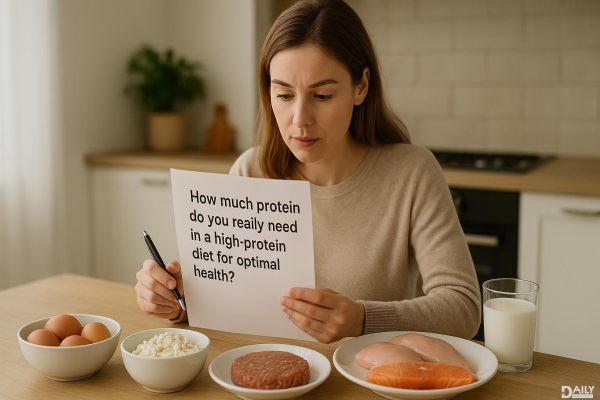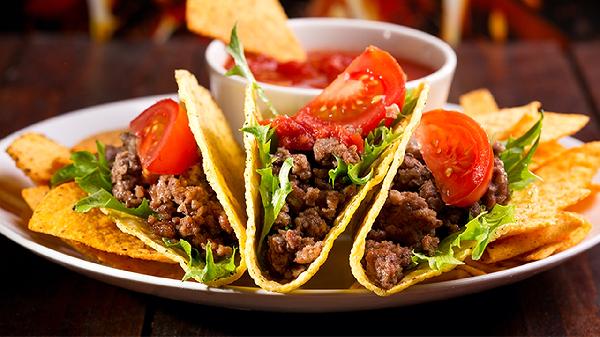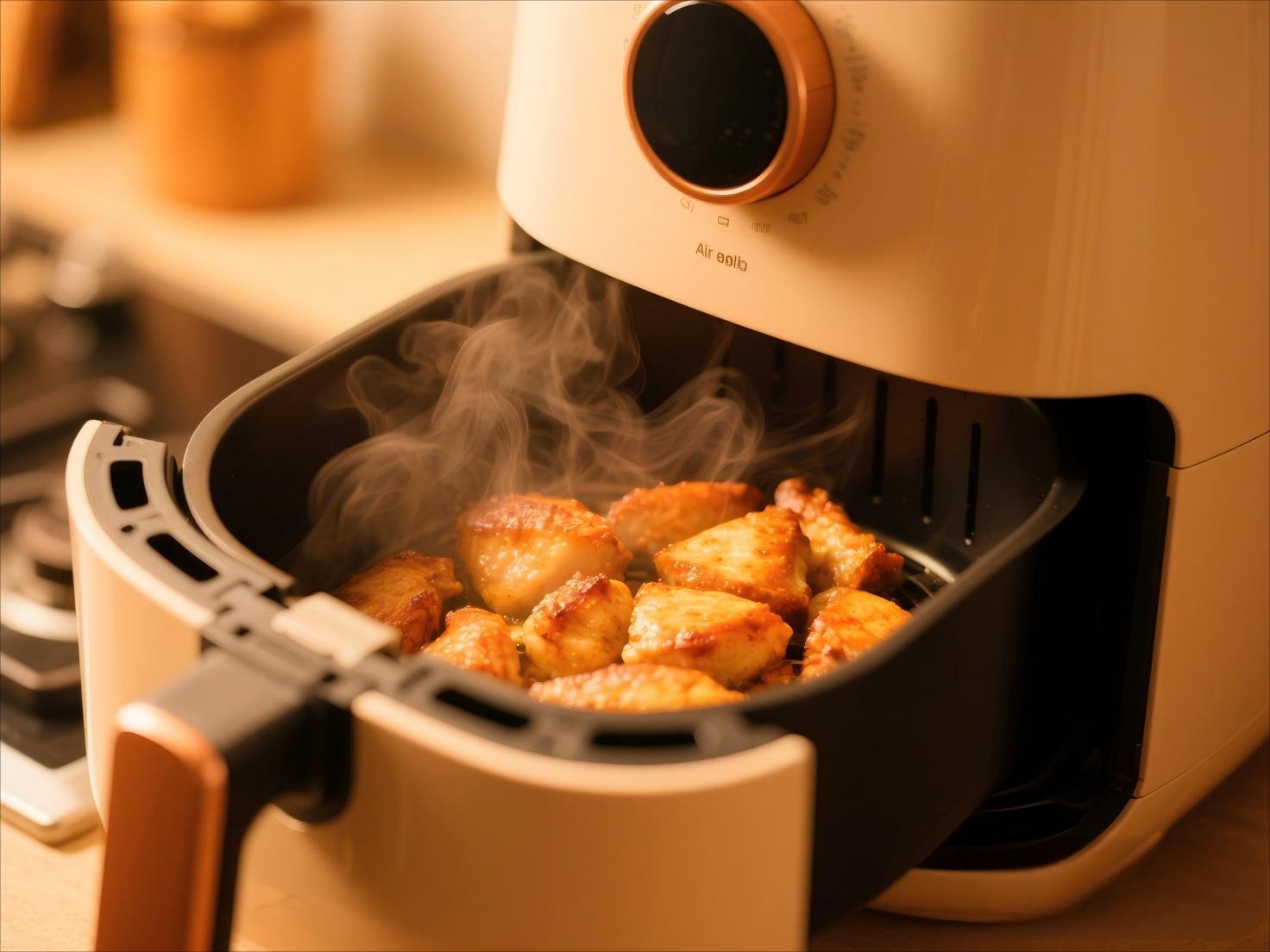Iron might be a trace mineral, but don’t let the word "trace" fool you—it’s a powerhouse when it comes to keeping your body running smoothly. Without enough iron, your cells are basically gasping for air, and trust me, nobody wants to feel like they’re dragging themselves through the day just to function. From fatigue to brittle nails, the symptoms of iron deficiency are no joke. And while it’s true that some folks—especially women and vegetarians—might struggle to get enough, the good news is that plenty of delicious foods can help you hit your daily iron quota without popping supplements like candy.
Why Iron Matters More Than You Think
Iron’s main gig is helping your body produce hemoglobin, the protein in red blood cells that shuttles oxygen from your lungs to the rest of your body. When iron levels dip, so does your energy—think of it like your phone battery draining way too fast. But fatigue isn’t the only red flag. Pale skin, cold hands and feet, headaches, and dizziness can all signal that your iron stores are running on empty. And if your nails start looking spoon-shaped or brittle? Yeah, that’s your body waving a big ol’ warning flag.
Women are especially prone to iron deficiency thanks to menstruation, which can deplete iron reserves month after month. Vegetarians and vegans also face an extra challenge because plant-based iron (non-heme iron) isn’t absorbed as efficiently as the heme iron found in animal products. But before you panic and start mainlining steak, know this: with a little strategy—like pairing iron-rich foods with vitamin C—you can still meet your needs without overhauling your entire diet.
Heme vs. Non-Heme Iron: What’s the Difference?
Not all iron is created equal. Heme iron, found in animal products like beef, poultry, and seafood, is the VIP of iron absorption—your body soaks it up like a sponge. Non-heme iron, found in plant foods like spinach, lentils, and tofu, is a bit more high-maintenance. It needs a little help from vitamin C (think citrus fruits, bell peppers, or even a squeeze of lemon) to maximize absorption. That’s why a spinach salad with strawberries or a lentil soup with tomatoes isn’t just tasty—it’s a smart nutritional move.
But here’s the kicker: even if you’re a meat-eater, most of the iron in your diet probably comes from non-heme sources. So whether you’re carnivorous, plant-based, or somewhere in between, paying attention to iron-rich foods (and their absorption buddies) is key to keeping your energy levels steady.
Top Iron-Rich Foods to Add to Your Plate
If you’re looking to up your iron game, these foods are solid contenders. Some pack more iron per serving than others, but variety is the spice of life—and the secret to a well-rounded diet.
Spinach: The Classic (But Tricky) Choice
Popeye wasn’t wrong—spinach is loaded with iron. One cooked cup delivers about 6.4 mg, but there’s a catch: spinach also contains oxalates, compounds that can interfere with iron absorption. The fix? Pair it with vitamin C. Sauté it with garlic and a splash of lemon juice, or toss it into a salad with orange slices. And if you usually blend raw spinach into smoothies, consider lightly steaming it first—cooked spinach offers slightly more iron than raw.
Beef: The Heavy Hitter
A three-ounce serving of beef dishes out around 2.7 mg of heme iron, plus a bonus round of nutrients like B12 and zinc. Opt for lean cuts like flank steak or sirloin to keep saturated fat in check, and try grilling, braising, or slow-cooking it for maximum flavor. Pro tip: if red meat isn’t your thing, dark poultry meat (like turkey thighs) is another solid heme iron source.
Lentils: The Plant-Based Powerhouse
One cup of cooked lentils serves up 6.6 mg of iron, along with a hefty dose of protein and fiber. They’re cheap, versatile, and practically begging to be turned into soups, stews, or veggie burgers. For an iron-absorption boost, add tomatoes or a splash of vinegar to your lentil dishes.
Tofu: The Underrated MVP
Half a cup of tofu clocks in at 3.4 mg of iron, plus it’s packed with isoflavones—plant compounds with antioxidant perks. Whether you scramble it, bake it, or blend it into a smoothie, tofu is a blank canvas for flavors. Just remember: vitamin C is your friend here, too.
Quinoa: The Ancient Grain with Modern Benefits
Quinoa isn’t just a trendy grain—it’s a complete protein with 2.8 mg of iron per cooked cup. Mix it into salads, stir-fries, or even breakfast bowls for a nutrient boost. Other whole grains like oats and brown rice also contribute to your daily iron intake, so don’t sleep on them.
Turkey: The Lean Option
Dark turkey meat (think thighs and drumsticks) offers about 1.4 mg of heme iron per three-ounce serving. It’s leaner than beef but still delivers that easy-to-absorb heme iron. Roast it with herbs, slice it for sandwiches, or shred it into chili for a protein-packed meal.
Chickpeas: The Versatile Legume
One cup of cooked chickpeas brings 4.7 mg of iron to the table. Hummus, curries, and roasted chickpea snacks are all delicious ways to work them into your diet. Pair them with lemon juice or roasted red peppers to amp up absorption.
Broccoli: The Double Whammy
Broccoli does double duty—it contains about 1 mg of iron per cooked cup AND vitamin C to help your body absorb it. Steam it, roast it, or toss it into stir-fries. Bonus: it’s also rich in sulforaphane, a compound linked to cancer prevention.
Tuna: The Ocean’s Iron Gift
A three-ounce serving of tuna provides 1.3 mg of heme iron, plus omega-3s for heart and brain health. Grill it, sear it, or mix it into salads for a quick iron boost. Just keep an eye on mercury levels if you’re eating it frequently.
Pork Tenderloin: The Underdog
Pork tenderloin is one of the leanest cuts, with about 0.8 mg of heme iron per three-ounce serving. It’s tender, easy to cook, and pairs well with everything from apples to spicy rubs. If you’re bored of chicken, this is your go-to.
Final Thoughts: Balance Is Key
While iron is crucial, more isn’t always better. Overdoing supplements can lead to iron overload, which comes with its own set of problems. Unless your doctor gives the green light, focus on getting iron from whole foods first. Mix and match heme and non-heme sources, pair plant-based iron with vitamin C, and listen to your body—it’ll tell you if something’s off. And if you’re constantly exhausted or noticing strange symptoms? Don’t just chalk it up to "being busy." Get your levels checked. Your future well-rested, energetic self will thank you.
Lauren Manaker is an award-winning registered dietitian and freelance writer who is passionate about providing evidence-based nutrition information in a fun and interesting way.
























